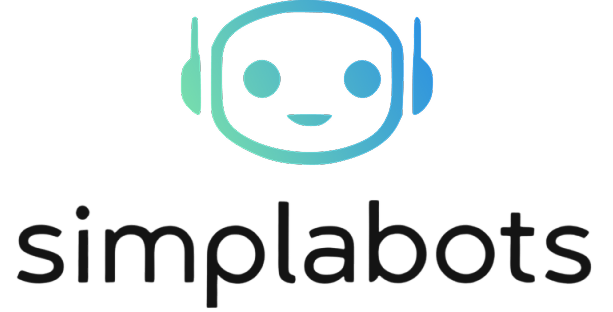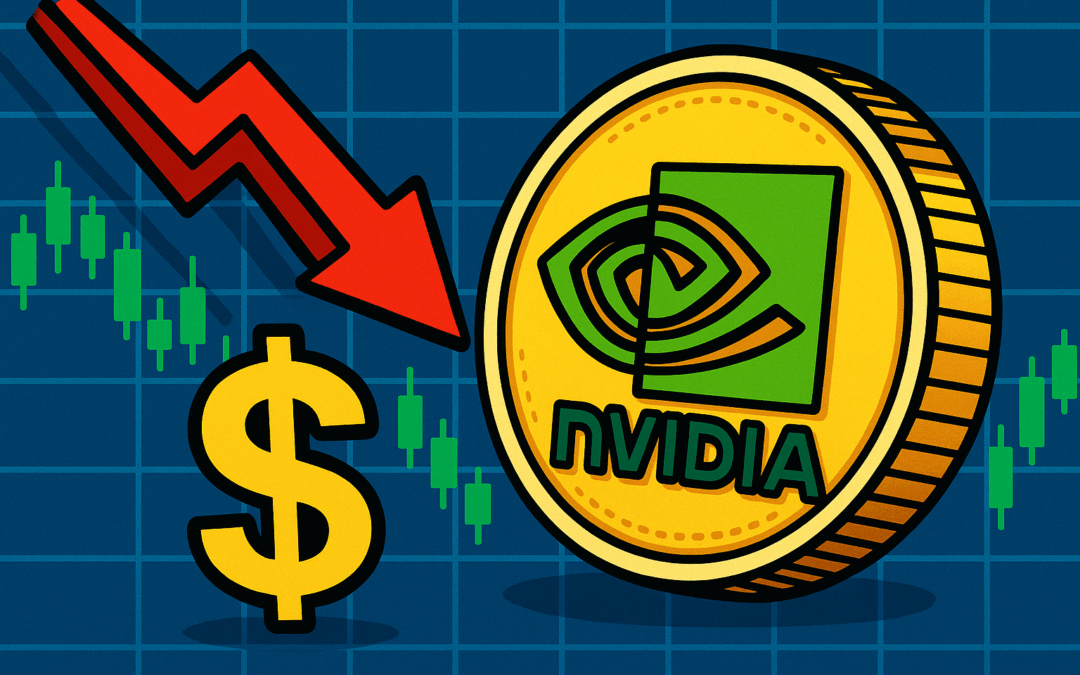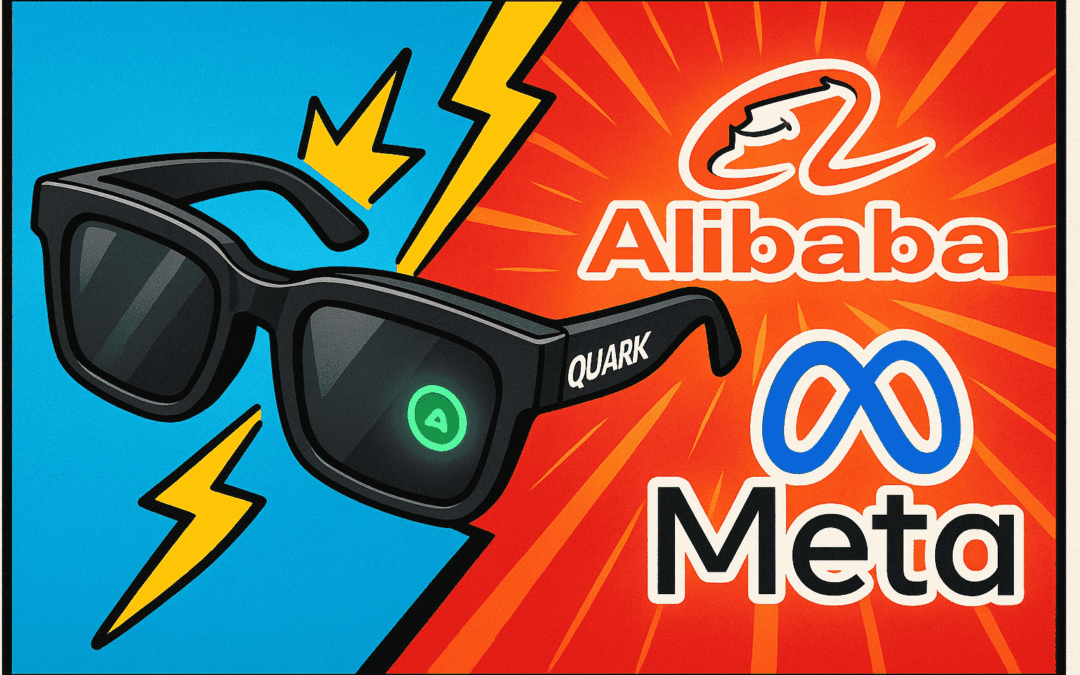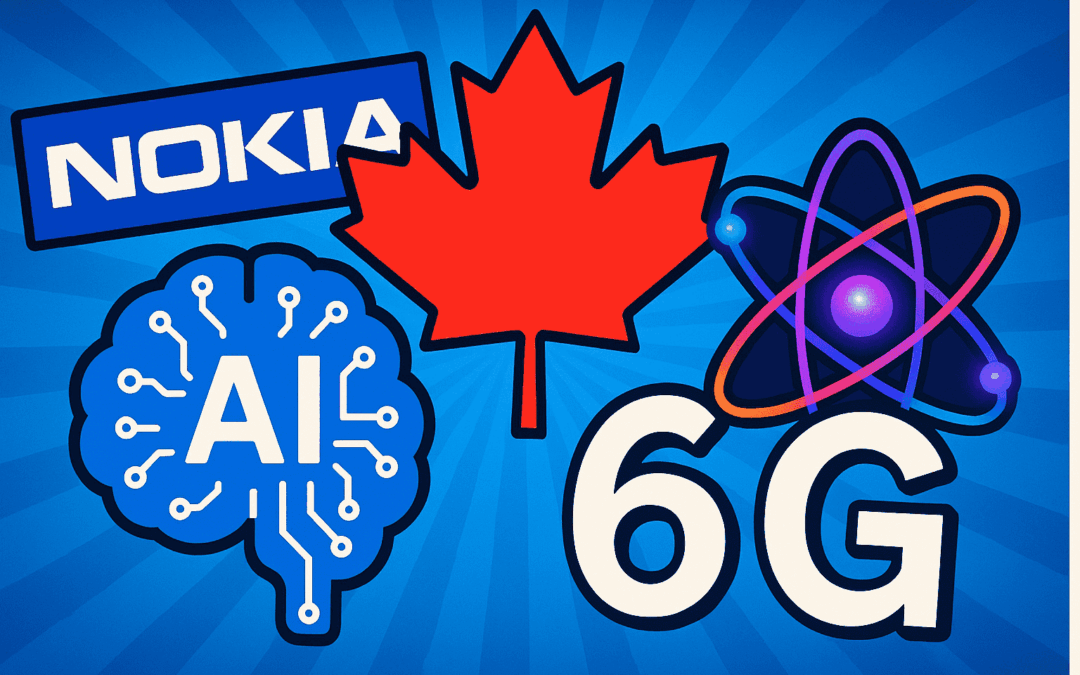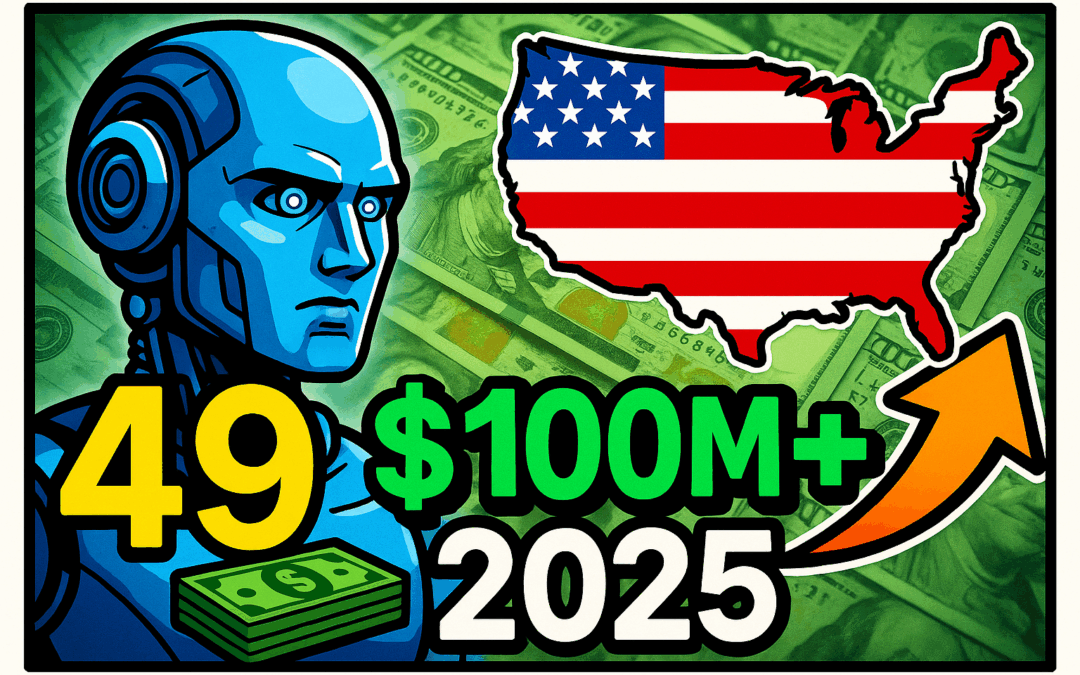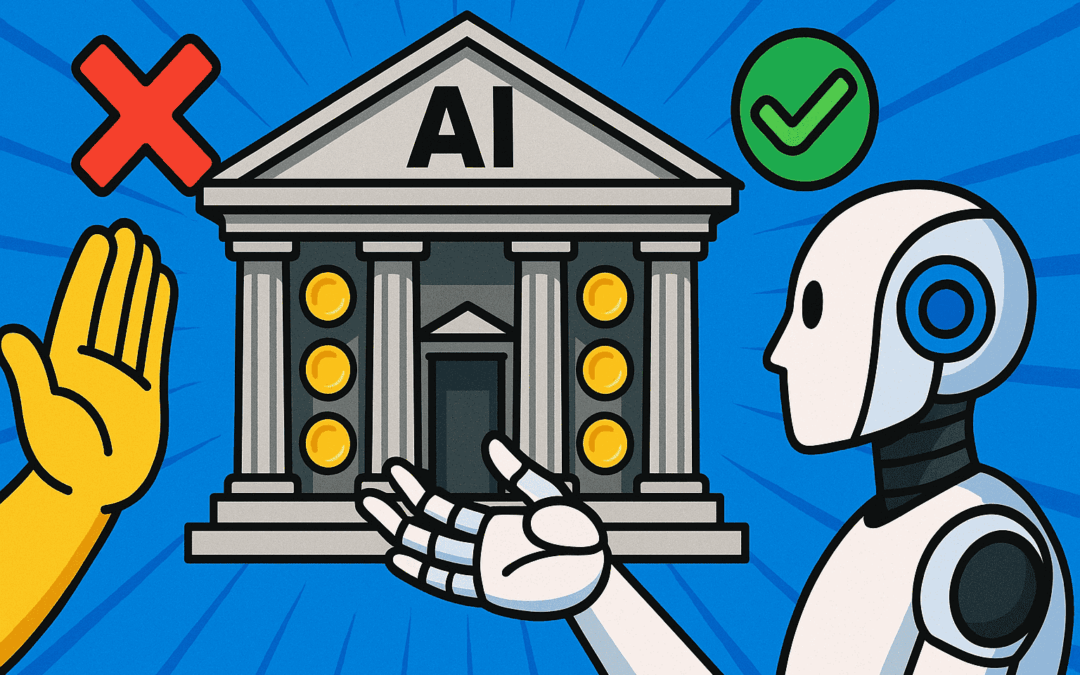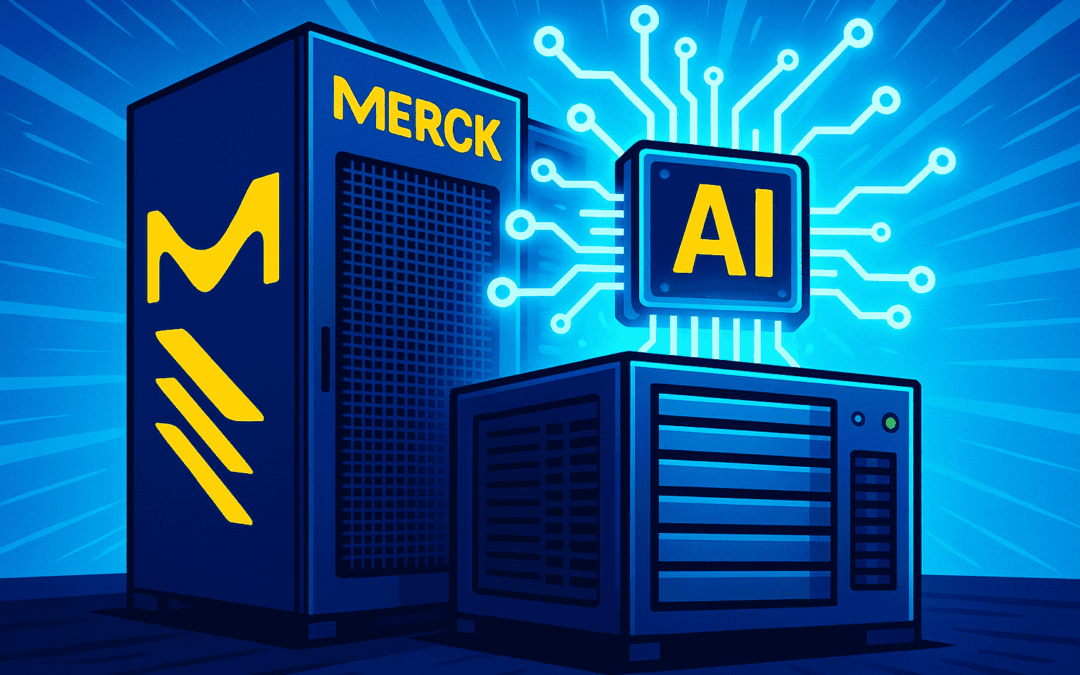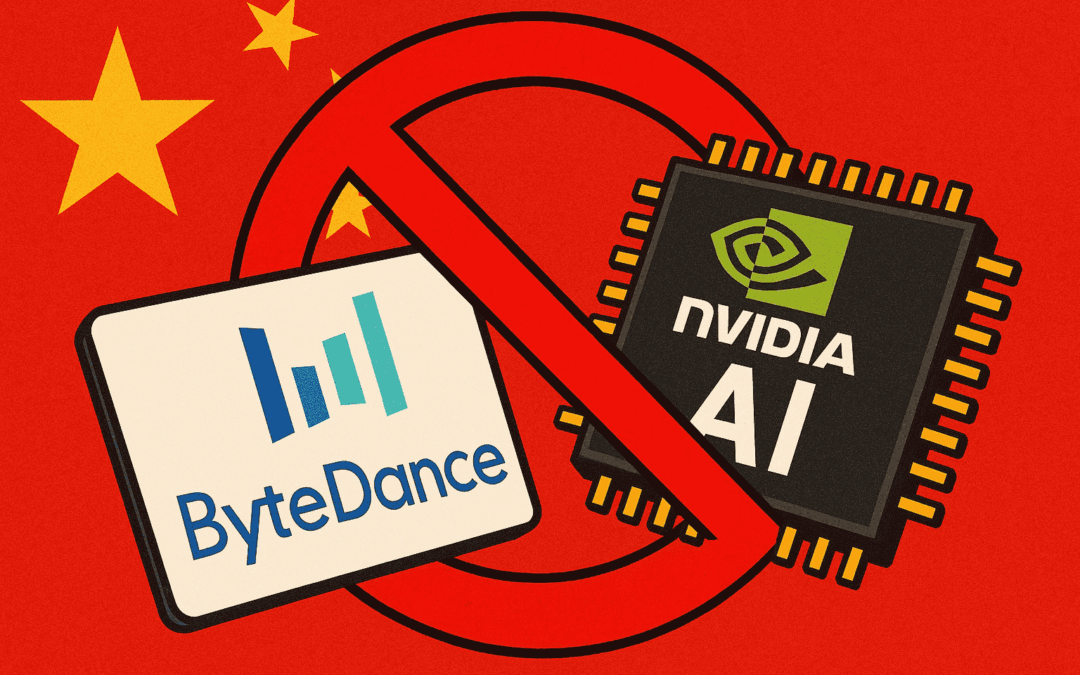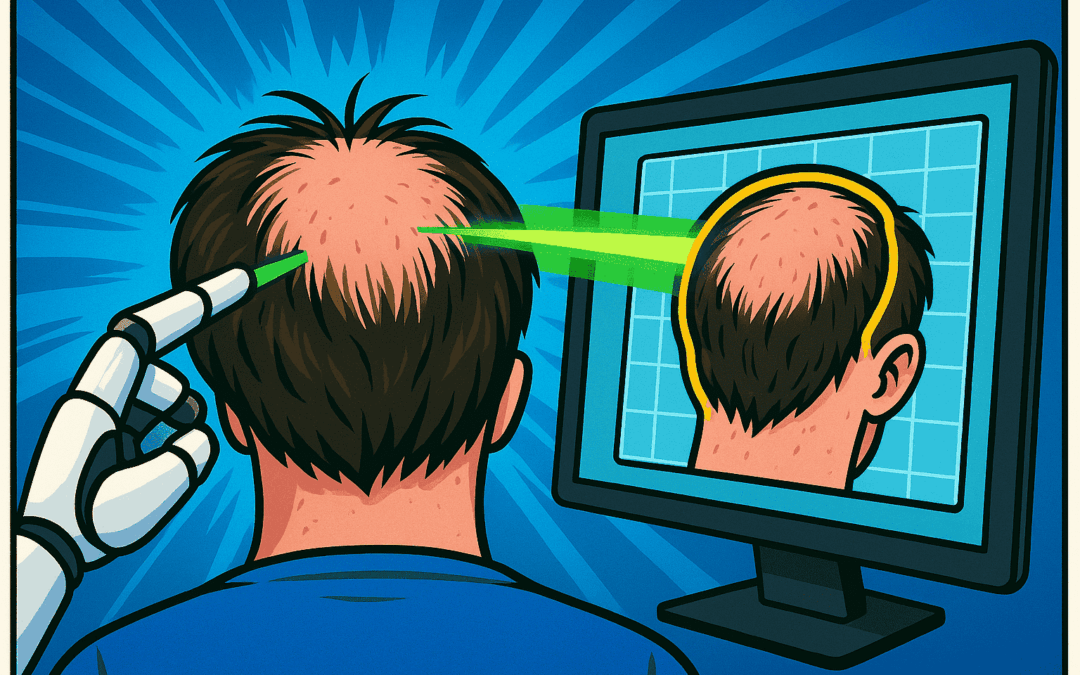The AI search and generative AI landscape shifts rapidly, as seen in Perplexity AI’s bold move to acquire Chrome, the former Google browser. This strategic offer — priced in the billions — signals acceleration in competition among next-generation search leaders and underscores strategic ambitions in browser-powered AI ecosystems.
Key Takeaways
- Perplexity AI seeks to acquire Chrome for a sum vastly exceeding its own funding, betting big on AI-powered browsing and user engagement.
- This move reflects intensifying competition between search startups, major tech firms, and new browser-based AI experiences.
- Such consolidation would grant Perplexity both a massive distribution channel and a testing ground for next-generation generative search tools.
- Industry experts see this as a sign that browser platforms will become central to the future of AI-driven information access and digital assistants.
Perplexity’s Ambitious Offer: Industry Context
TechCrunch confirms that Perplexity’s offer to buy Chrome rests not just on technology, but also on transforming user interaction with information retrieval.
Perplexity, which raised over $100 million in 2024, has aggressively expanded its real-time search engine leveraging large language models (LLMs).
Now, by targeting Chrome — the world’s most widely used browser — it positions itself to control the entire search-and-consumption funnel.
“Winning the browser could mean owning the next era of AI-powered discovery.”
Industry coverage from The Verge and Axios highlights that Chrome’s massive market share offers a critical ‘default’ position for distributing AI-based features, chatbots integrated into search, and seamless retrieval of information through natural language interfaces.
Implications for Developers, Startups, and AI Professionals
If Perplexity succeeds, browser extensions and applications built for Chrome could undergo rapid transformation, with APIs and plugin architectures tuned for generative AI.
Developers may soon build directly for an AI-native browsing environment. Startups should expect intensified platform competition, as both Perplexity and incumbents like Google and Microsoft (with Edge/Copilot integrations) invest in seamless, in-browser AI agents and multimodal search.
For AI professionals, this signals a shift away from siloed chatbots and LLM playgrounds toward highly contextual, always-on assistants embedded in daily workflows. The next wave of user adoption will flow through browsers where AI seamlessly augments search, shopping, research, and productivity in real time.
Industry Outlook and Competitive Dynamics
As reported by Wired and Search Engine Journal, this acquisition signals that browser control is the next major battleground among AI-first startups and incumbents.
While Google is unlikely to sell, Perplexity’s offer is reflected in rising interest from both venture and strategic investors looking for ‘full-stack’ AI infrastructure.
“The browser is becoming the AI app store of the future — whoever owns it will own user discovery, commerce, and content.”
The browser’s role expands: expect the coming year to bring deeper integration of LLMs into tabs, search bars, and even web apps. The race between Perplexity, OpenAI (through ChatGPT plugins), and browser-native initiatives accelerates.
Recommendations: What to Watch Next
- Developers: Prepare for new APIs and development standards as AI-native browser features roll out.
- Startups: Track evolving default browser policies, strategic investments, and user acquisition models shifting toward real-time AI engagement.
- AI Professionals: Prioritize browser-based user experience R&D; monitor advances in retrieval-augmented generation (RAG) and search agent tooling.
The next phase of generative AI adoption may hinge on browser control — stay ahead by embedding, integrating, and iterating within this rapidly evolving ecosystem.
Source: TechCrunch
